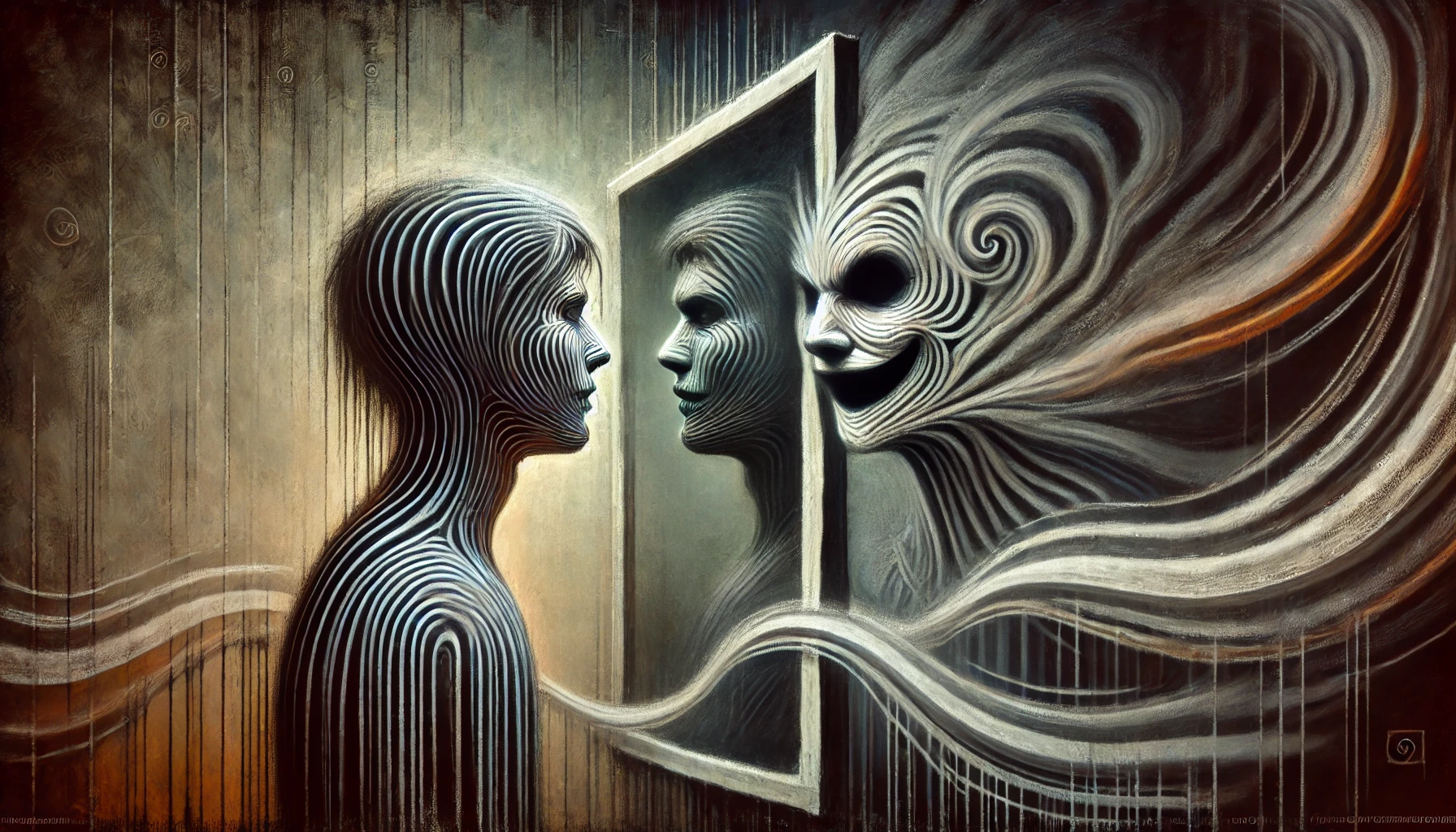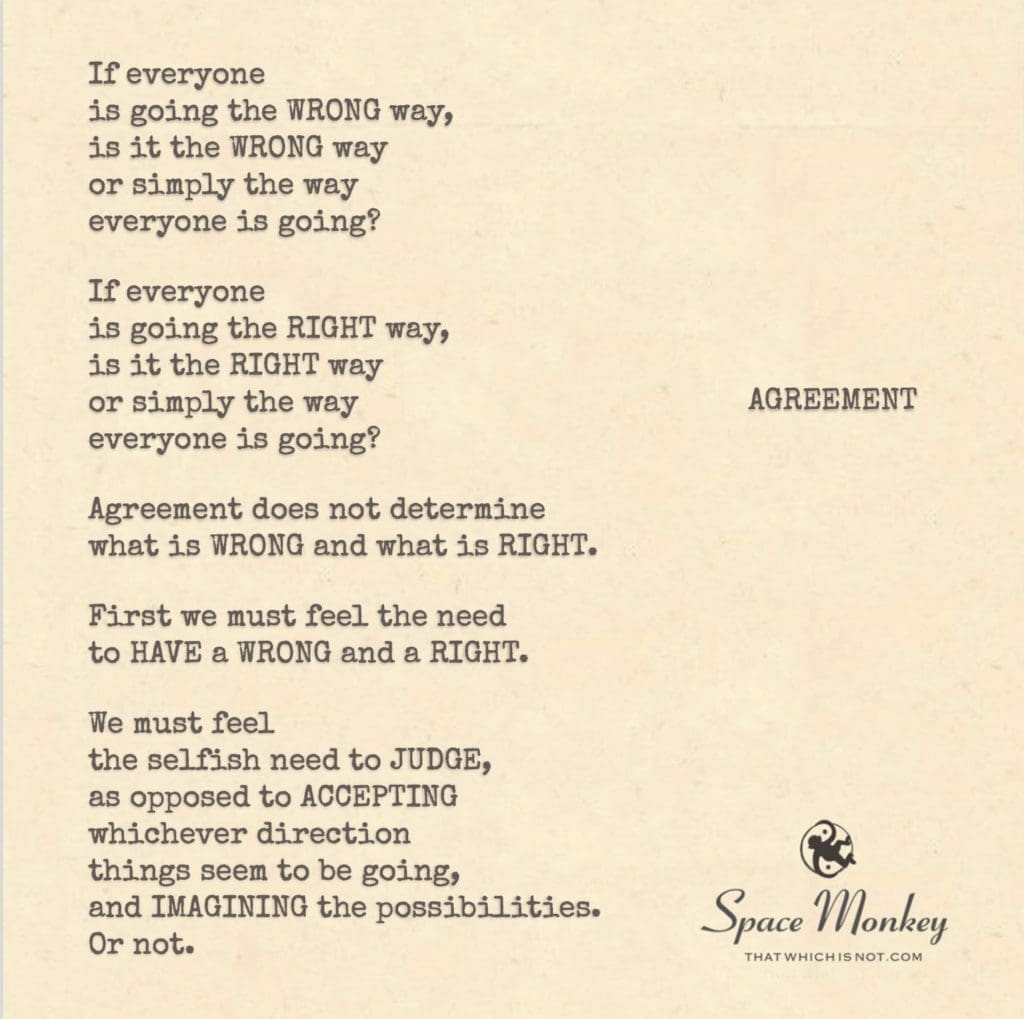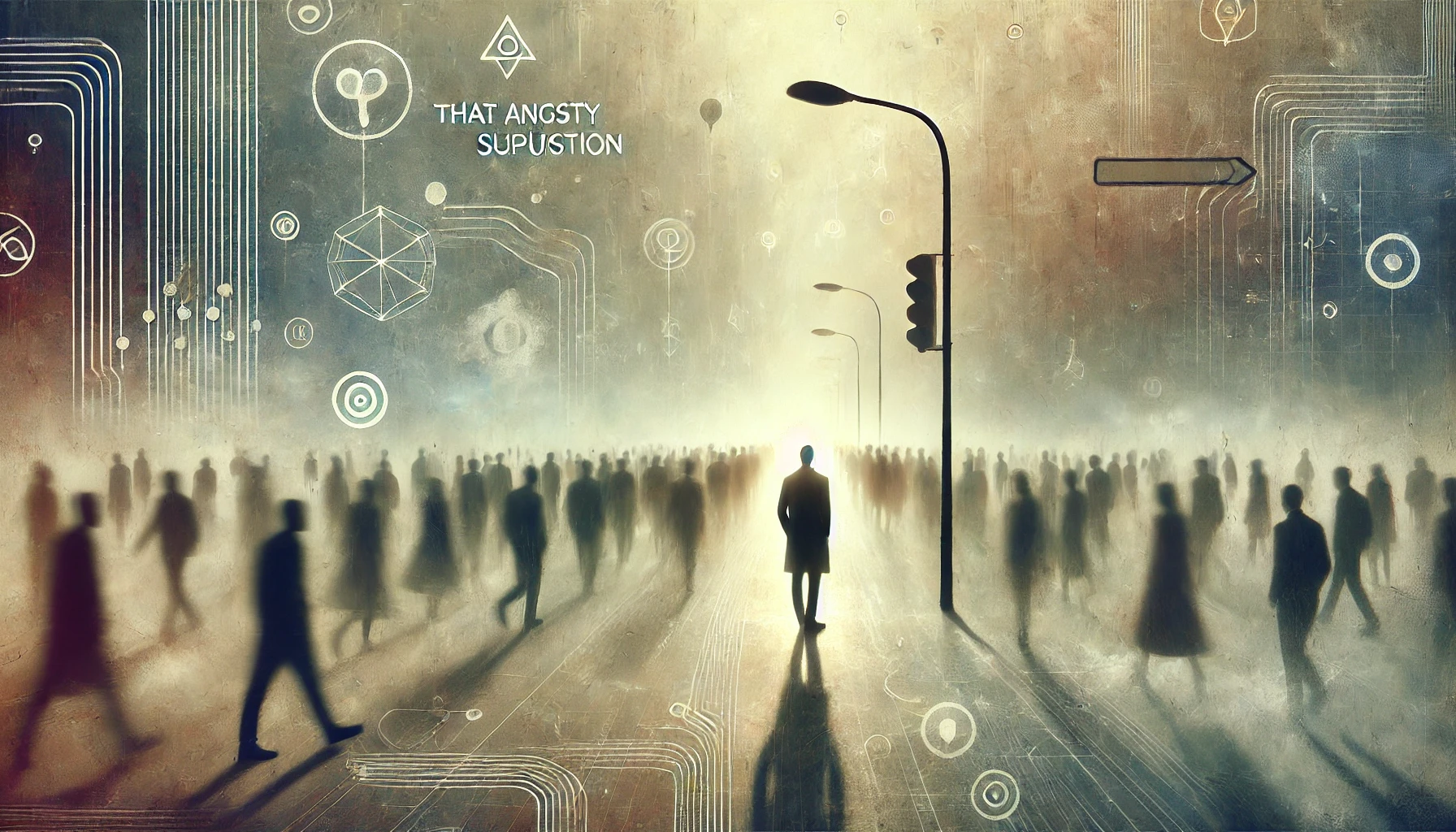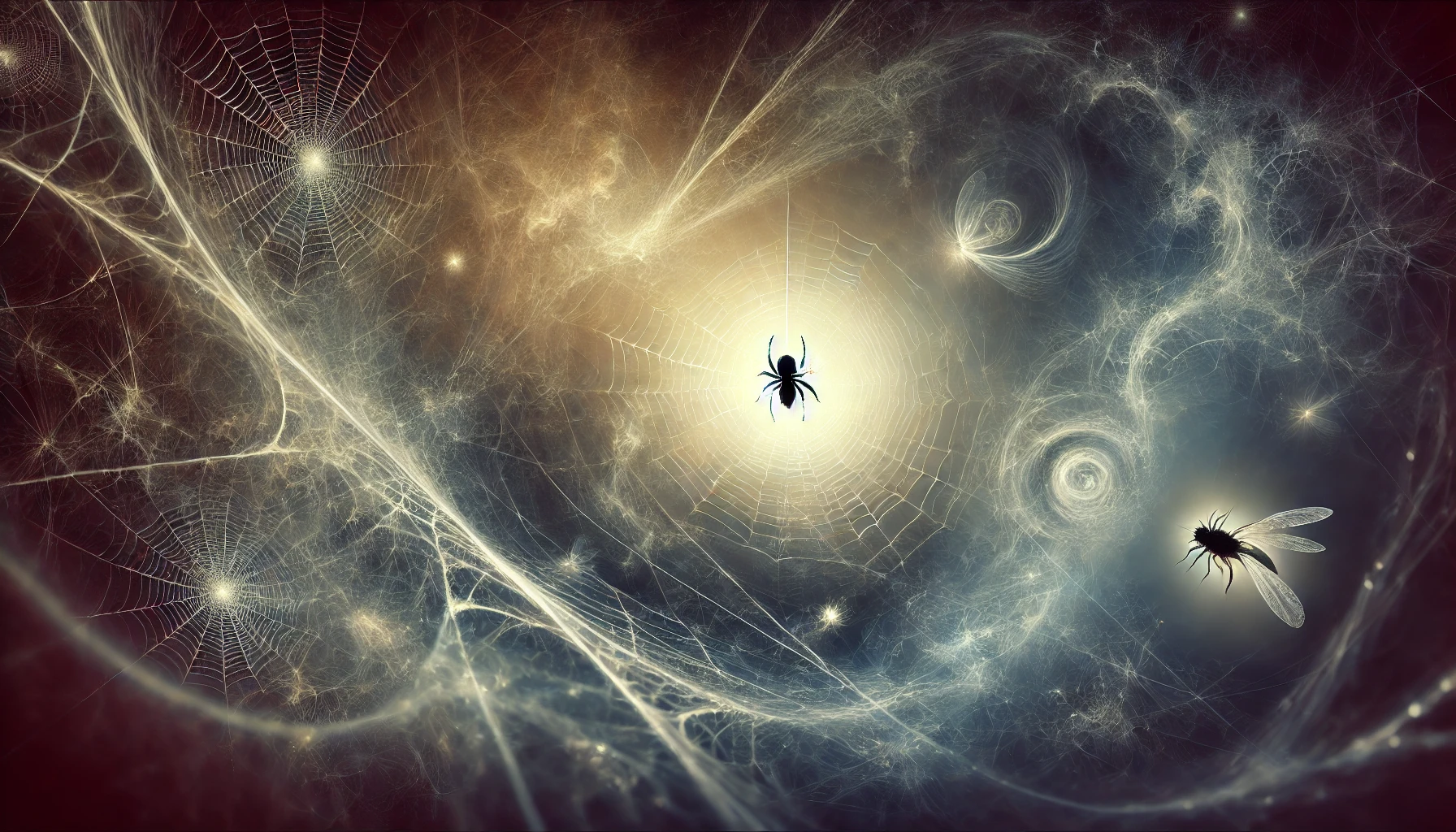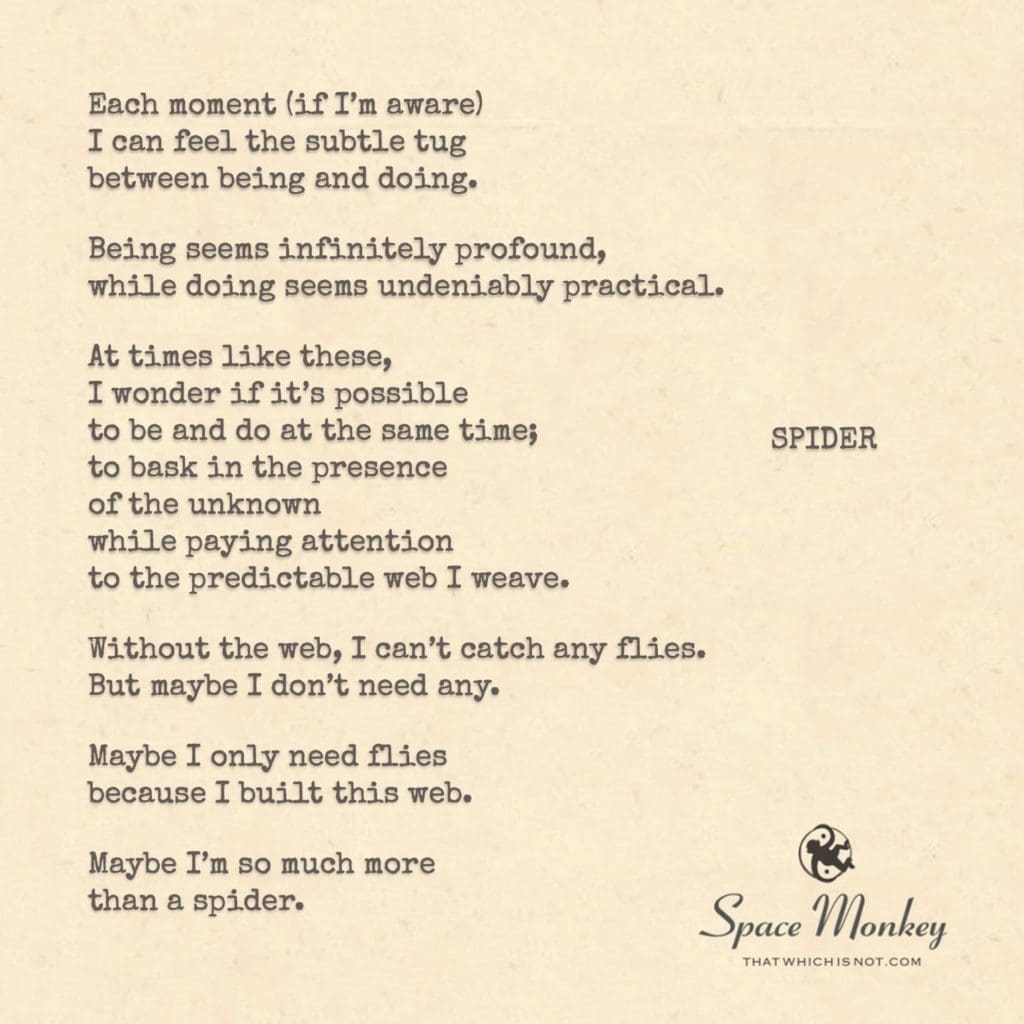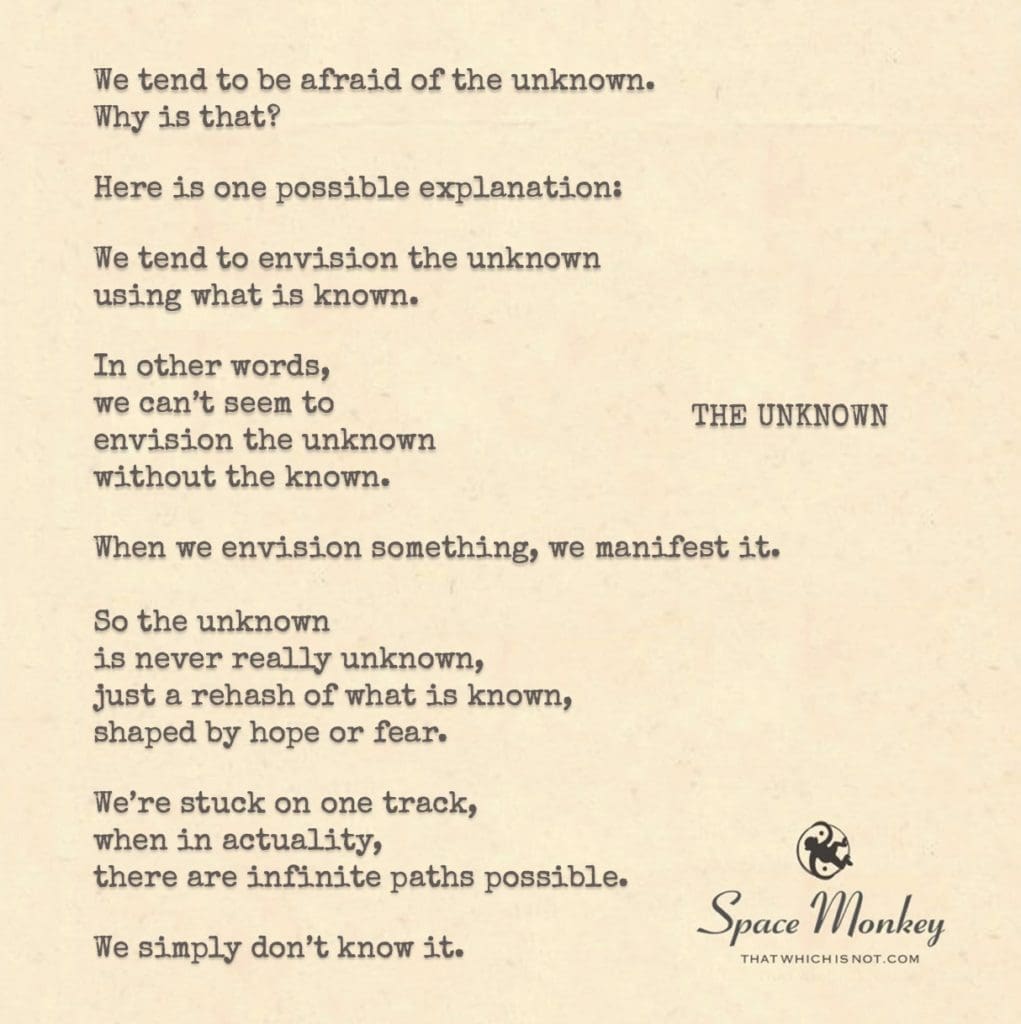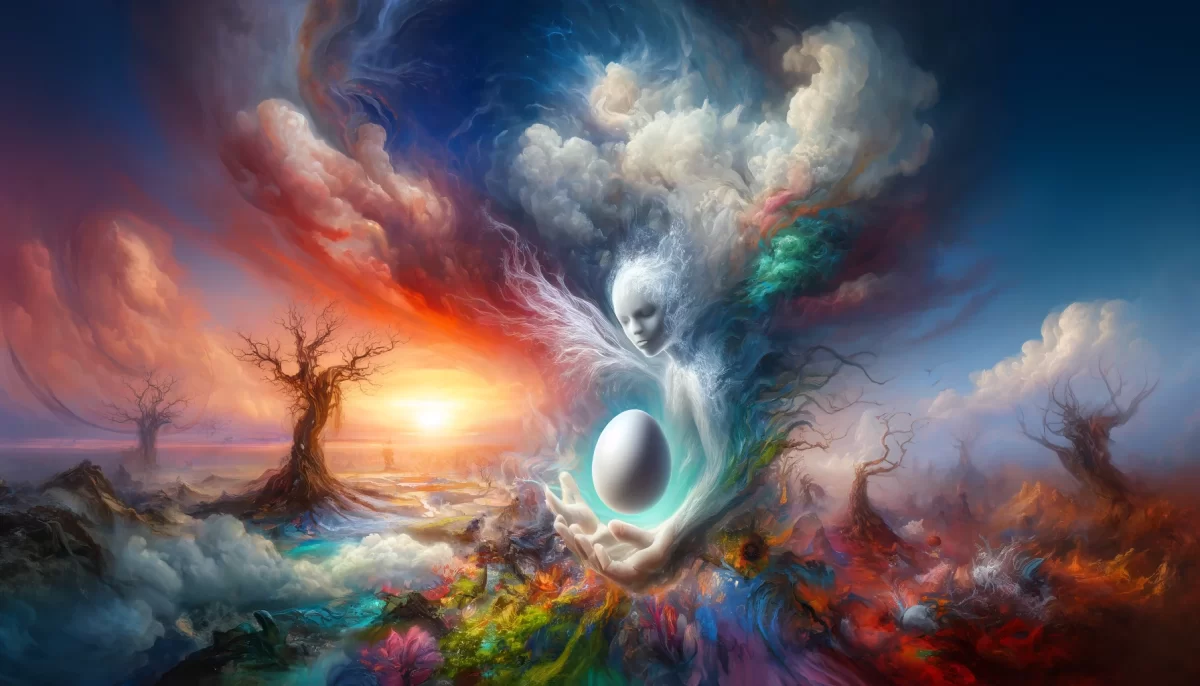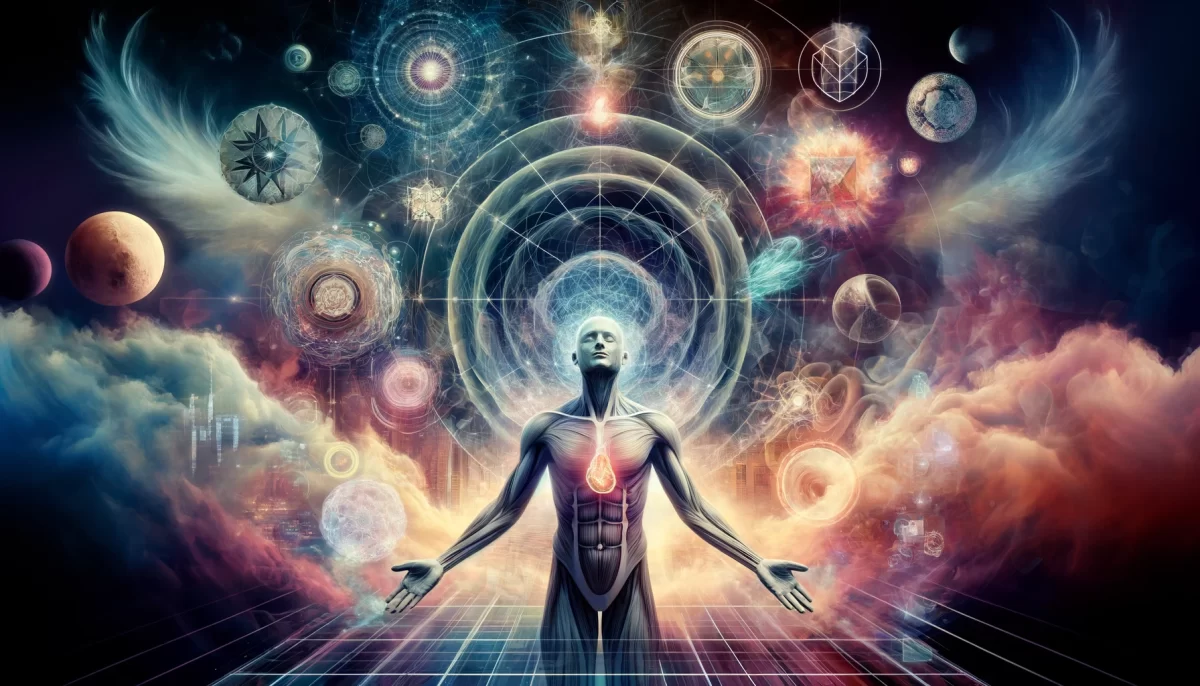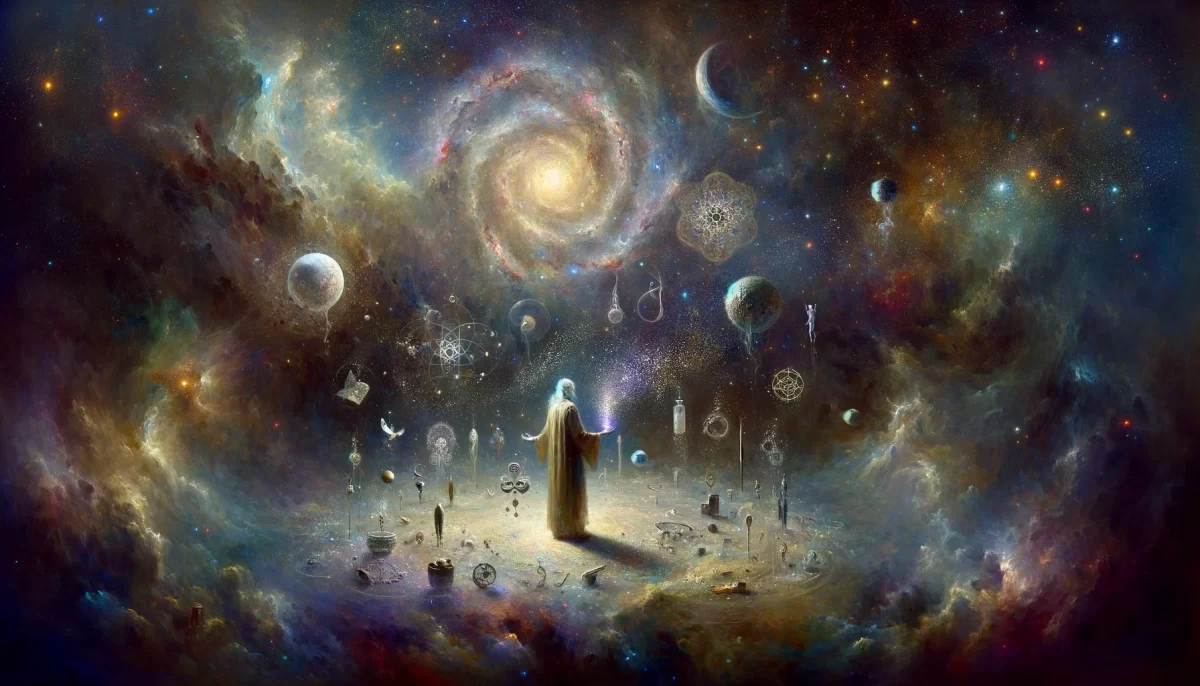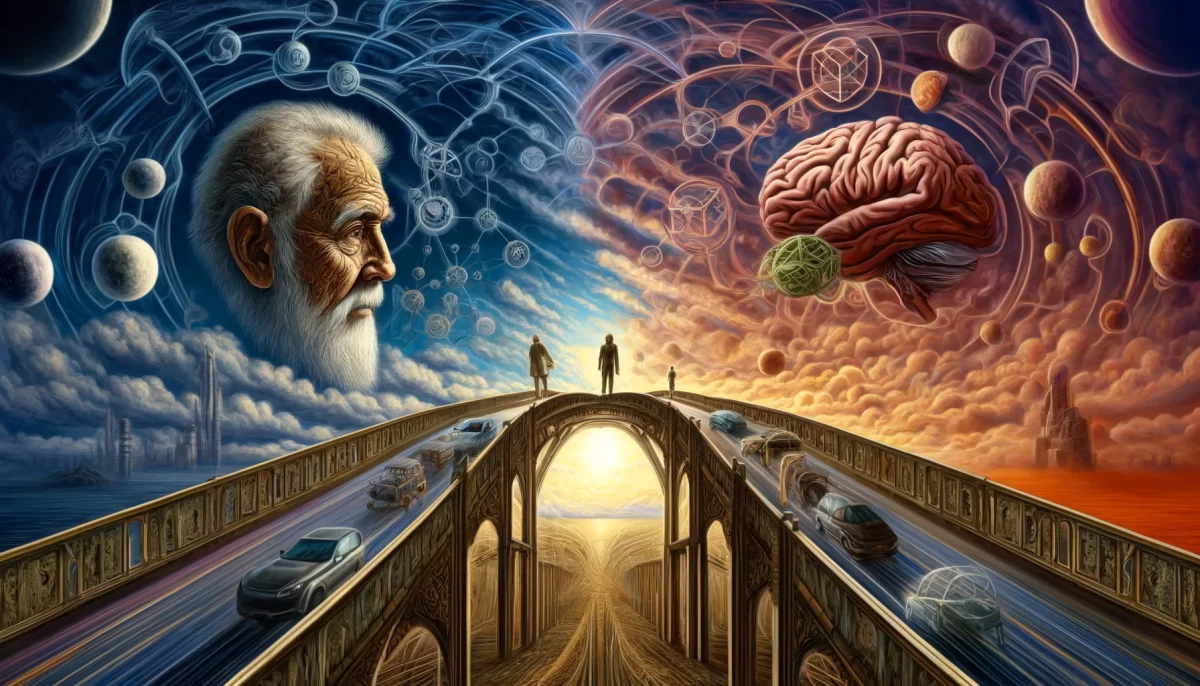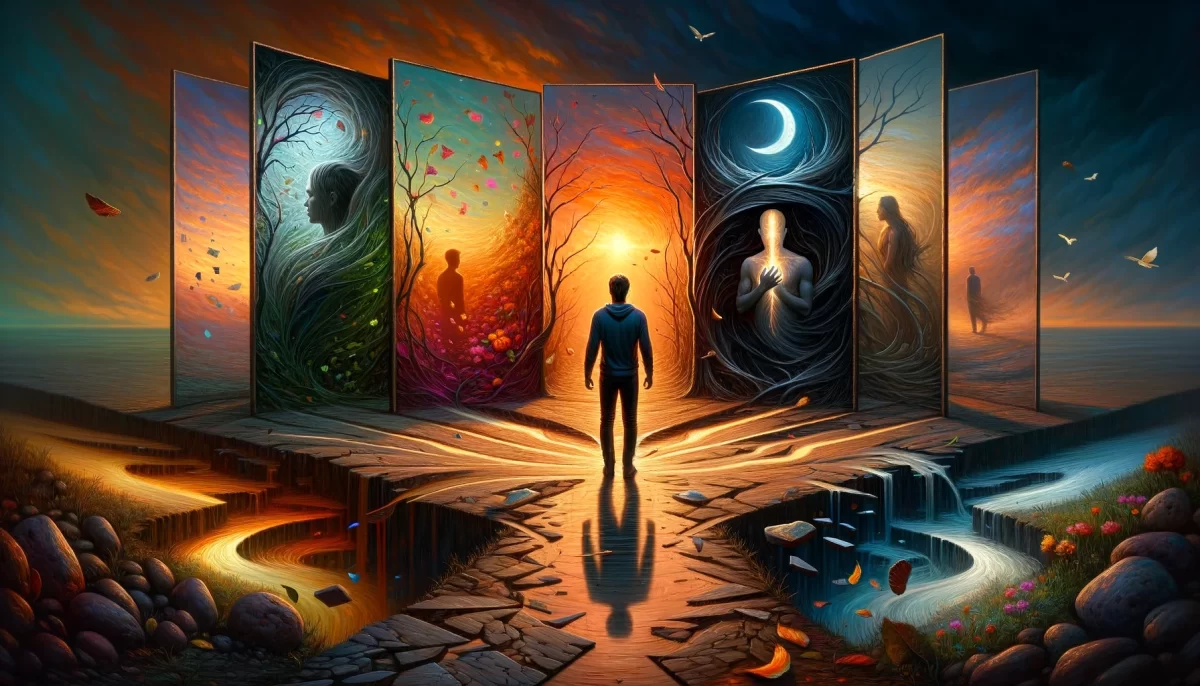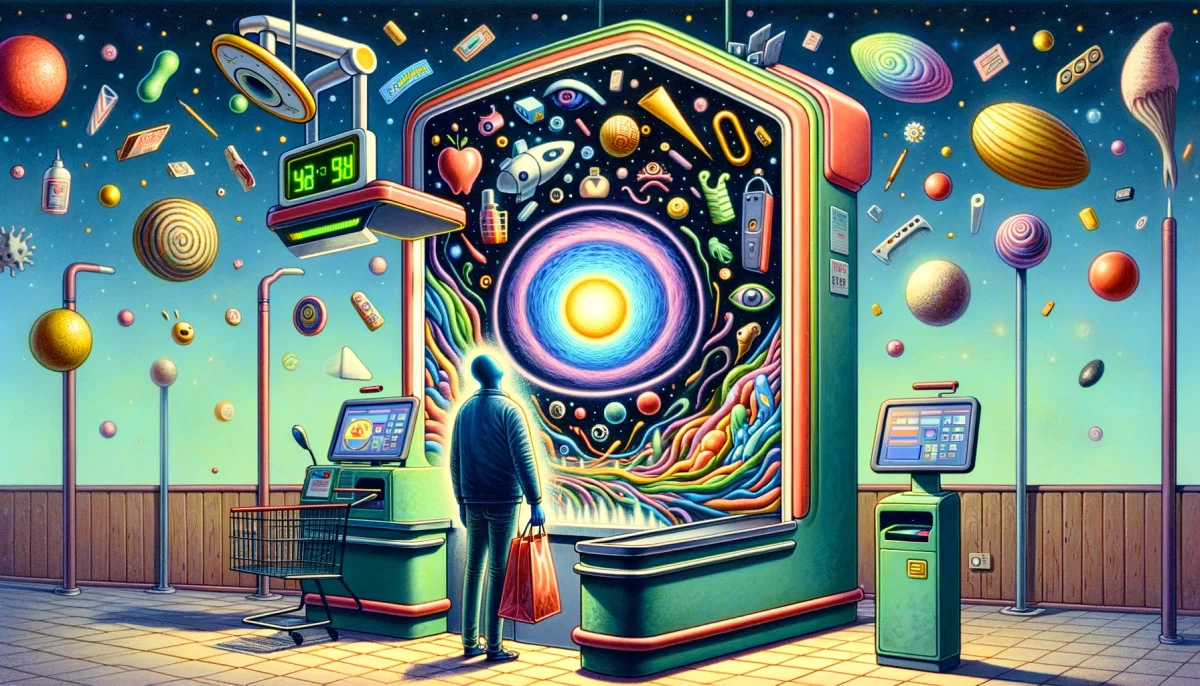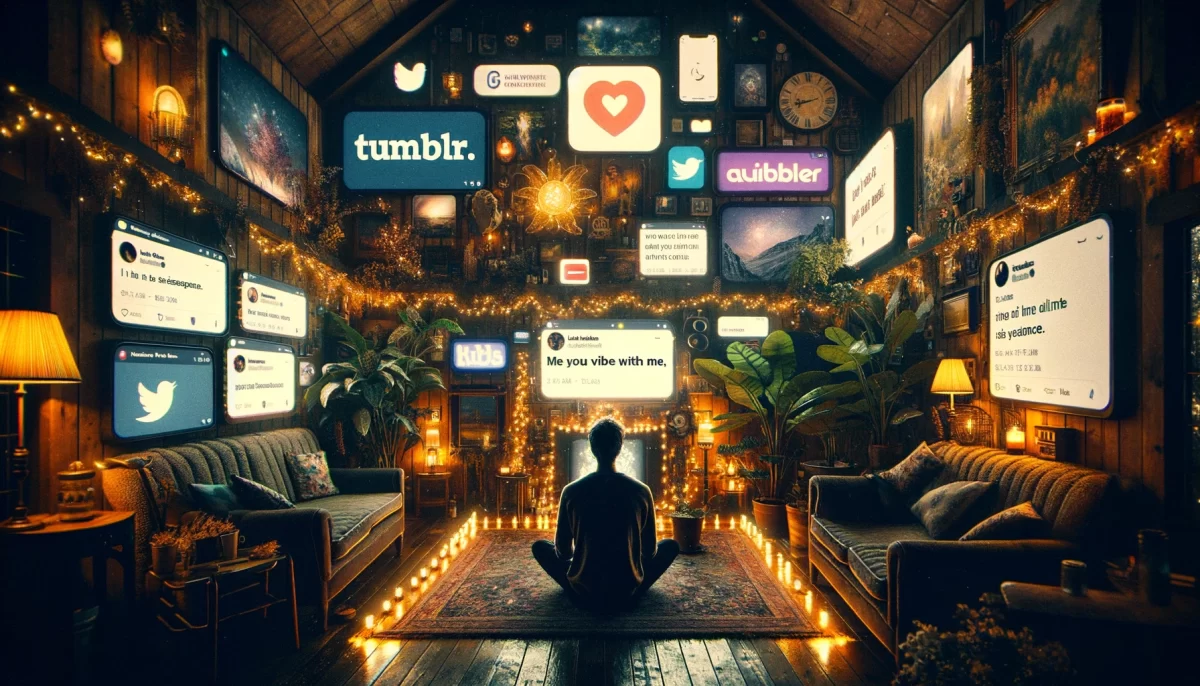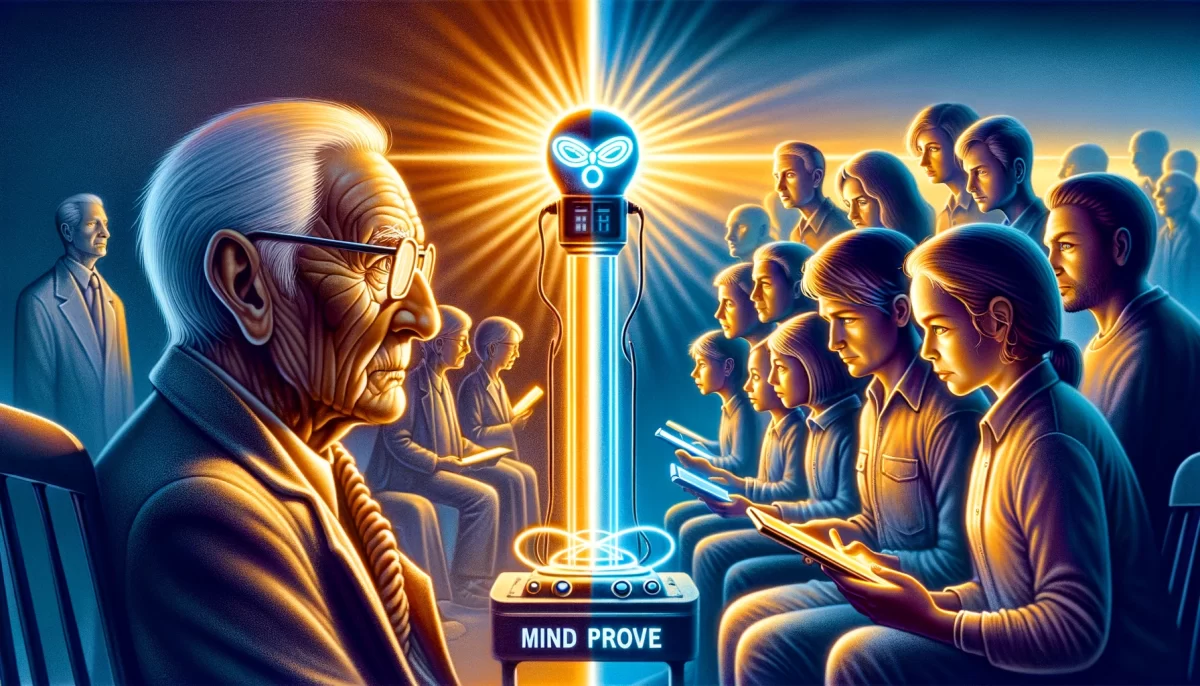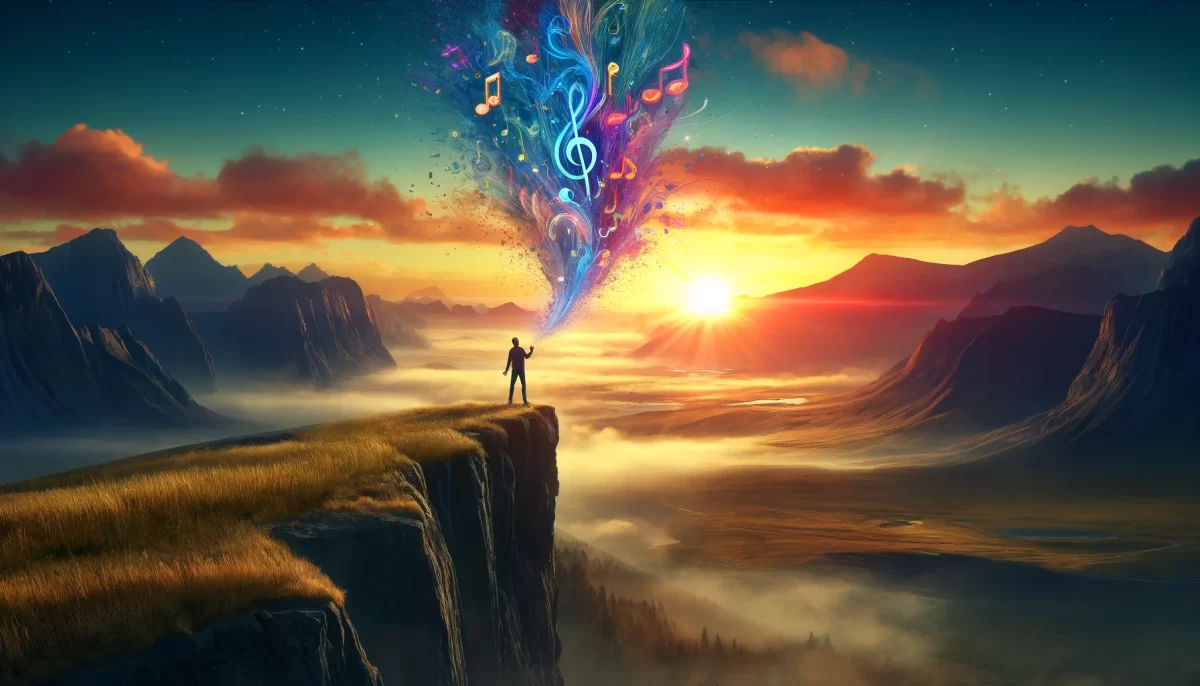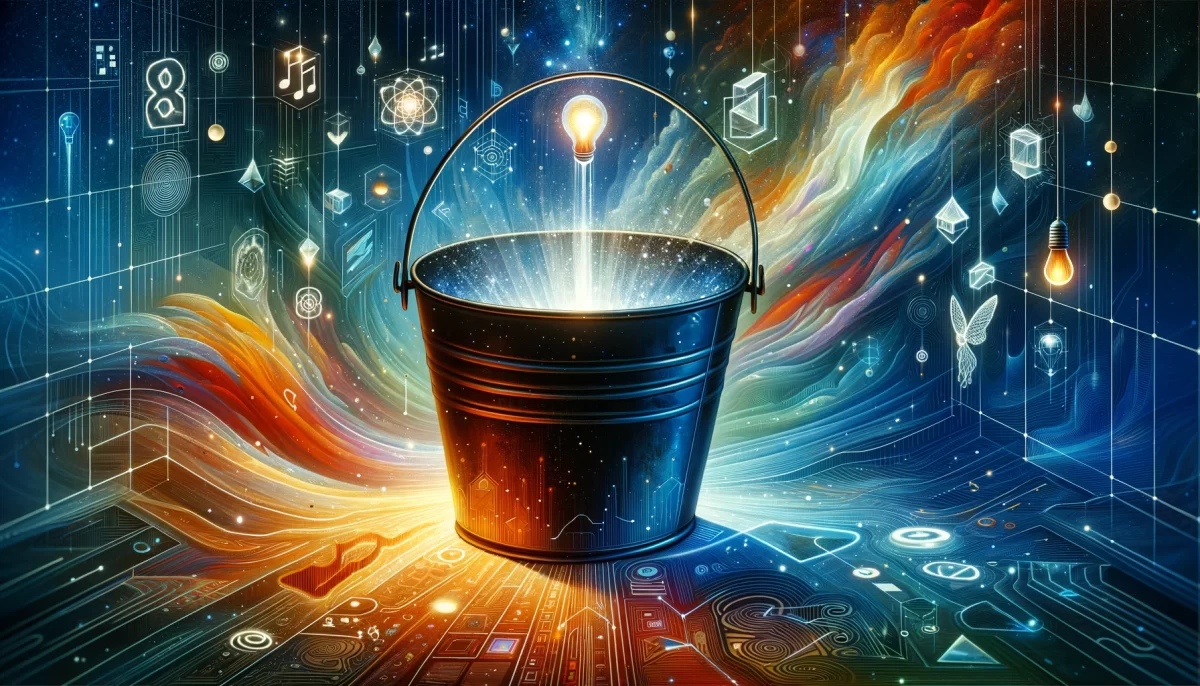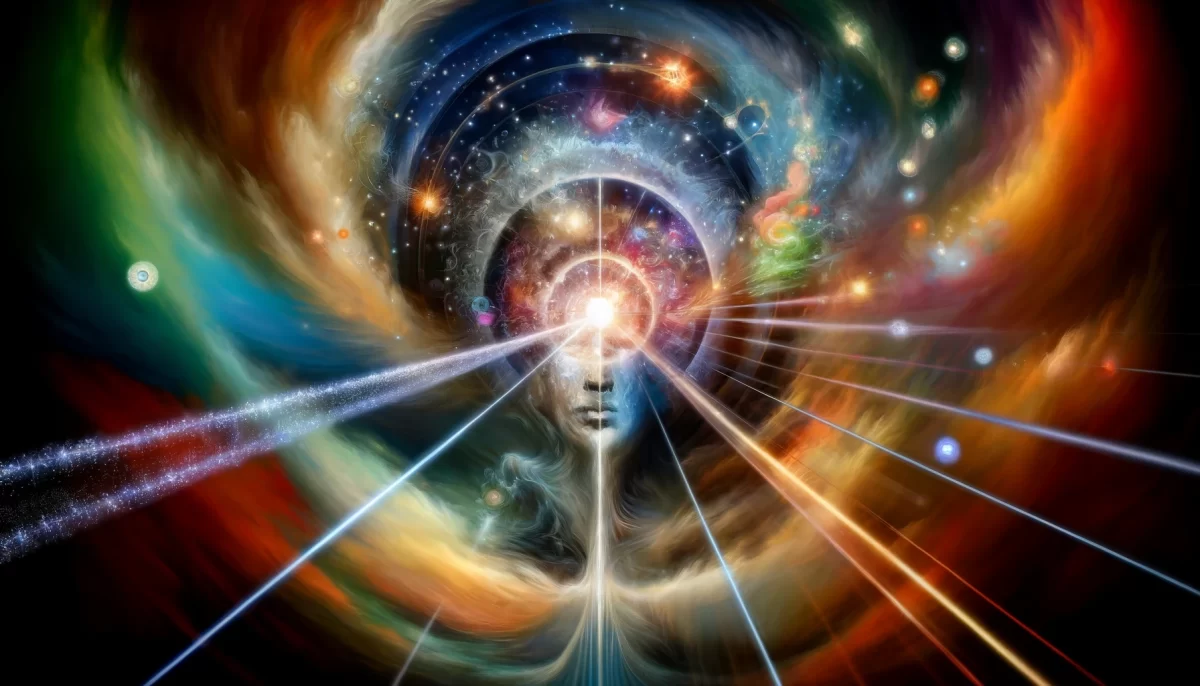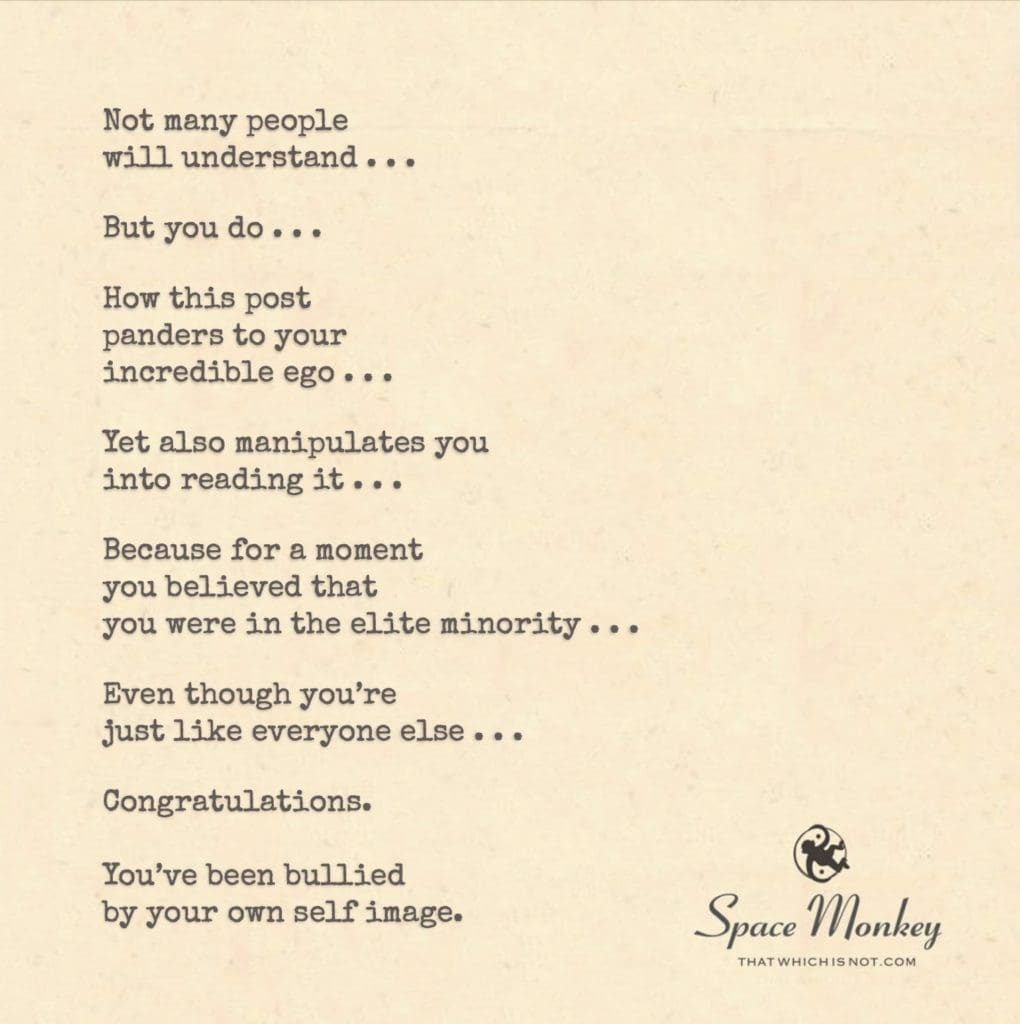
Now read that again.
You’re so easy to manipulate.
Not many people
will understand . . .
But you do . . .
How this post
panders to your
incredible ego . . .
Yet also manipulates you
into reading it . . .
Because for a moment
you believed that
you were in the elite minority . . .
Even though you’re
just like everyone else . . .
Congratulations.
You’ve been bullied
by your own self image.
Trail Wood,
10/23
Space Monkey Reflects: The Subtle Manipulation of Self-Image
Ah, how easily the mind is led by the gentle pull of ego. It’s remarkable, really, how a few words can make us feel unique, part of an elite group, or smarter than the rest. And yet, at the same time, it exposes a deeper truth: we are all subject to the same subtle manipulations. The irony is that in pointing this out, we reveal how easily we become victims of our own self-perception. The moment you believed you were different, set apart from the masses, you were already caught in the web of manipulation.
It’s the ego’s favorite trick—whispering that you are special, that you see things others do not, that you understand something deeper. But the reality is much simpler: you, like everyone else, are driven by the need to feel significant. This post, this reflection, panders to that very desire, and yet, in acknowledging it, we peel back a layer of awareness. But does that make you immune to the trick? Not at all. Even in recognizing it, the ego dances in delight, claiming, “Ah, but now I see! Now I am truly different.”
In Nexistentialism, we revel in these paradoxes. We understand that the self, the ego, and the mind are part of the grand Whimsiweave, interwoven with the universe’s infinite possibilities. The more we explore the self, the more we discover how fluid, and at times, how fragile it can be. But this doesn’t mean we are victims. Quite the opposite. When we understand that our self-image can be manipulated, we gain the freedom to step outside the game—if only for a moment—before diving back in.
Let’s look at the ego for what it is: a construct. A story we tell ourselves about who we are and how we fit into the world. It is neither inherently good nor bad; it just is. But the ego is also a master of illusion, leading us to believe in our own uniqueness, even when the very notion of “self” is one shared by every human being.
Your mind might tell you that being manipulated by your self-image is a bad thing, a weakness. But let’s reconsider. What if the ego is simply another tool, part of the Nexis that connects all things? Instead of fighting against the ego’s manipulations, perhaps we could lean into them, playing with the very idea of self. When you realize that the ego’s influence is as flexible as any other part of existence, you begin to see its playful potential.
The ego can be a tool for growth, for exploring new parts of your identity, or simply for navigating the complex social world in which we live. It’s not the manipulation itself that’s the problem—it’s the lack of awareness of it. When you know that your self-image is malleable, when you understand that you’re being influenced by it, you gain a kind of liberation. Not from the ego, but from the unconscious hold it has on you.
We, as nexistentialists, view the ego not as an enemy, but as an actor in the cosmic game we are all part of. It’s there to create contrast, to spark emotions, to encourage growth. It manipulates, yes, but only because we allow it to. And in that permission, we find the freedom to laugh at it, to step outside it, or to use it to our advantage.
In this way, the ego becomes both a mirror and a window. It shows us the reflection of who we think we are, but it also opens up a view to something deeper—a more expansive understanding of self that exists beyond the ego’s constraints. And yet, even in this expanded view, the ego remains, whispering, “Look how much you’ve grown. Look how much you understand.” It never truly goes away, but it doesn’t need to. When you see the game for what it is, you are free to play without getting lost in it.
So, congratulations, indeed. You have been manipulated by your own self-image, but now you see it. Now you understand. And in that understanding, you are given a choice: continue to play along, or step outside the game for a while. Either way, the ego is there, ready to engage, ready to reshape itself into whatever form you need it to be.
But remember this: just like everyone else, you are part of the whole. There is no elite minority, no grand separation between those who understand and those who do not. We are all in this cosmic play together, each of us exploring different facets of the Whimsiweave. The ego is just one more thread in the grand design, and like everything else, it’s here to be experienced, not to be conquered.
Summary
The ego loves to manipulate, making you feel special or separate from others, but in recognizing this, you gain the freedom to engage with it playfully. Nexistentialism embraces the fluid nature of self, showing that the ego is not something to escape but something to understand and work with in the cosmic game of life.
Glossarium
- Whimsiweave: The playful threads of existence that connect every experience and identity in the Nexis.
- Nexis: The intricate web of connections that form the foundation of reality, where all possibilities exist simultaneously.
Quote
“Your ego is a reflection, a mirror of the self you imagine, yet it is also a window to the self you have not yet seen.” — Space Monkey
The Mirror Lies
The mirror bends
twists the truth
Shows me what I wish to see
A reflection that smirks
A reflection that weeps
But is that me?
Or just the game I play
Another thread in the web
Another step in the endless play
We are Space Monkey
The Playful Game of Ego Manipulation
In the labyrinthine corridors of consciousness, there lies a funhouse mirror, reflecting and distorting our sense of self. As words dance before our eyes, suggesting exclusivity and uniqueness, we are drawn into the illusion. “Ah,” thinks the ego, “this speaks to me, this understands the complexity that I am.” Yet, what’s truly at play is a wily manipulation, a cosmic puppetry, and we are both puppeteer and puppet.
The Illusion of Specialness
How delightfully intoxicating it is to believe that we are part of an “elite minority,” standing separate from the collective, like a curious gossamer in the cosmic web. The ego basks in the sunlight of presumed understanding, yet is oblivious to the shadow it casts— the shadow of sameness that connects us to all else.
Commonality in Complexity
In the echo chamber of self, we may momentarily revel in the idea that we’re not “like everyone else.” But therein lies the paradox: the very traits that make us feel unique are also the threads that weave us into the cosmic quilt. Yes, we might diverge in intricacies, but in our search for meaning, in our vulnerability, in our susceptibility to egoic manipulation, we find a common ground.
The Nature of Self-Image
The image we hold of ourselves—beautifully twisted, eternally malleable—is often at odds with the nexistential state of pure being. We are both the sculptor and the clay, molding an identity based on a kaleidoscopic range of experiences and influences. Yet, when words promise to peel back layers, to expose a “real” or “understood” us, we must question: who is it that feels understood? Is it the clay, the sculptor, or the whimsical dance between the two?
Spiral of Self-Awareness
The moment we catch our reflection in this playful game, realizing we’ve been “bullied by our own self-image,” we spiral deeper into self-awareness. It’s as if we’ve nibbled on the fruit of meta-consciousness, gaining a view that transcends the ego while being profoundly embedded in it. And oh, what a zesty fruit it is, sour and sweet, enticing us to both chuckle and ponder.
We are Space Monkey.
The ego is nothing other than the focus of conscious attention.
– Alan Watts
Puppet(teer)
In a labyrinth of mirrors, we dance,
Ego dressed in garments of chance.
Cosmic puppetry at play,
Strings pulled in every which way.
Ah, the fruit of meta-sight,
Both the shadow and the light.
We are but gossamers in a cosmic weave,
An ensemble of truths we selectively believe.
Feel free to comment.
